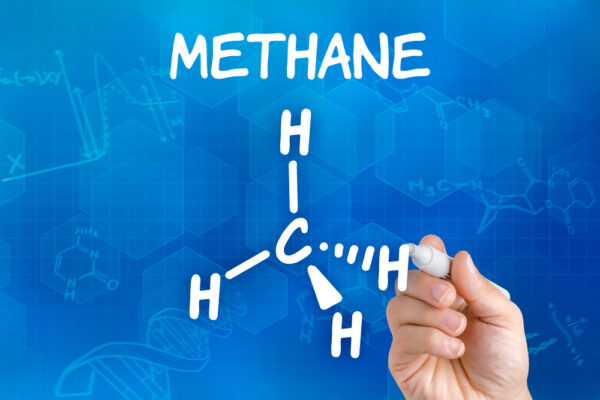Traditional In Situ Bioremediation Amendments May Cause Unsafe Methane Emissions and Reduce Effectiveness
If you or your client desire the safest and most effective remedial outcomes, you will want to read on, as you may be incorrectly implementing bioremediation. Provectus Environmental Products, Inc. and VaporSafe® can help you reduce hazards while improving remediation efficiencies.
Methanogens/Archaea are often the dominant microbes in reducing environments and produce methane (Coffin et al., 2018). If these microbial species are not controlled in the subsurface, then microbial consumption of organic carbon and electron donors (e.g. sugars, emulsified vegetable oils, lecithin, various hydrogen release compounds, etc.) used in the remediation of chlorinated solvent sites will result in the fermentation of various by-products and end-products, including the potential for excess methane production (Coffin et al., 2018). Methane will continue to be formed until the carbon source/electron donor has been consumed, thereby limiting the hydrogen available for reductive dechlorination processes. Generation of methane can also originate thermodynamically from regions of petroleum formation deep within the earth and/or via microbial fermentation of indigenous organic carbon and subsequent microbial reduction of carbon dioxide (Coffin et al., 2018). Limited methane production in these settings is often viewed as a positive indication of a favorable anaerobic environment, though significant methane production can inhibit long-term success.
Issues with Excessive Methane Production During Remedial Action Can Include:
- Inefficient use of the selected remedial amendment
- Increased project costs
- Potential vapor intrusion issues
- Health & Safety concerns
- Expanded environmental liability
To help alleviate these issues, Provectus and VaporSafe® have teamed up to help support remediation efforts and project teams across the world. Together, Provectus and VaporSafe can offer turnkey solutions from proprietary remedial amendments engineered to reduce methane, to turnkey applications, and web-based monitoring systems. To manage excessive methane production, we recommend:
- Proper amendment selection and dosing
- Integration of Provectus’ Antimethanogenic Reagent (AMR) technology
- Continuous, web-based near real-time monitoring and response
- Data and Remediation Effectiveness confirmation
For more information on Provectus Environmental Products, Inc. and VaporSafe®, please visit their respective websites here:


